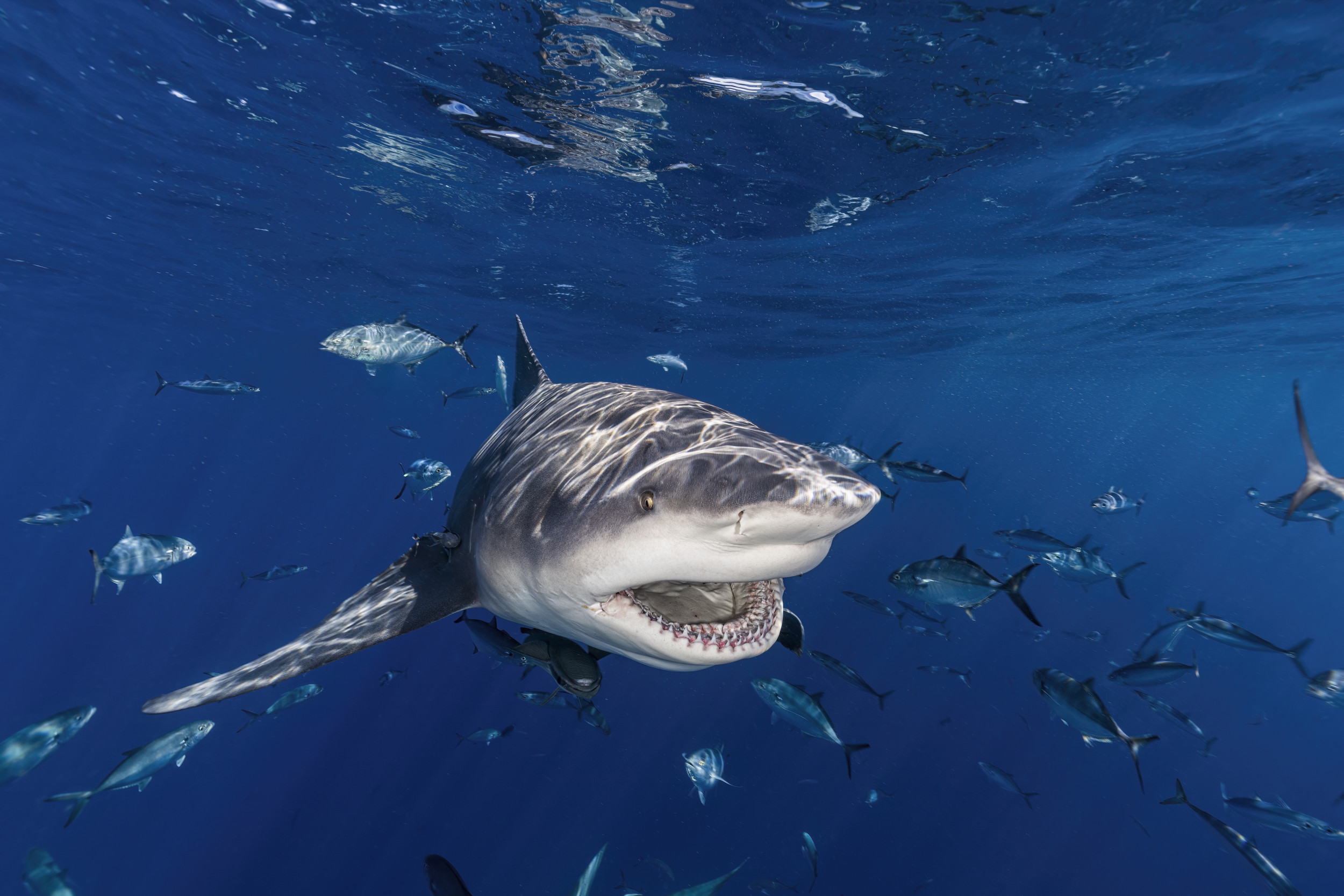Scientists have discovered another reason why tardigrades are one of the toughest creatures on Earth—a special glow-in-the-dark shield that protects them from deadly radiation.
Tardigrades are a large group of microscopic, water-dwelling, eight-legged animals that are among the most resilient creatures known to man and capable of surviving some of the most extreme environments on Earth.
There are around 1,300 known tardigrade species, each of which has their own particular set of specializations that enable them to withstand extreme temperatures, very high or low pressures, starvation, dehydration, or other conditions that would be lethal to other animals.
Scientists have even shown that some tardigrades can survive the vacuum of space at low-Earth orbit.
Now a team of scientists have found that one type of tardigrade contains a protective fluorescent substance that absorbs harmful ultraviolet (UV) radiation and emits harmless blue light in return, according to a study published in the journal Biology Letters.
The finding came after scientists discovered what may be a new species of tardigrade in a moss sample grown at the Indian Institute of Science.
"We found this particular tardigrade in many places, especially in places that are well lit with sunlight," Sandeep Eswarappa, a co-author of the study from the Institute, told New Scientist.
Eswarappa and colleagues then conducted a series of laboratory experiments in which they subjected this tardigrade—temporarily dubbed "Paramacrobiotus BLR"—to intense UV radiation alongside another tardigrade species known as Hypsibius exemplaris and a worm called Caenorhabditis elegans.
They found that the worm specimens died within five minutes while Hypsibius exemplaris perished within 15 minutes.
Paramacrobiotus BLR, however, was able to withstand the intense UV light for an hour, with further experiments revealing that this animal contains a fluorescent chemical that caused them to glow blue in these conditions.
Subsequently, the scientists extracted the fluorescent chemical and applied it to the H. exemplaris and C. elegans specimens, finding that it provided at least some protection against UV light exposure.
"There are other species that show UV tolerance, but [the new species] is the only one with fluorescence as a mechanism to resist lethal UV radiation," Eswarappa told The Guardian. "Our study suggests that [these creatures] can survive in the driest and sunniest places on Earth."
The scientists do not know what compounds the fluorescent substance contains. But once the team manage to identify the compounds, Eswarappa said they hope produce it in large quantities to see if it may be useful as a sunscreen.

Uncommon Knowledge
Newsweek is committed to challenging conventional wisdom and finding connections in the search for common ground.
Newsweek is committed to challenging conventional wisdom and finding connections in the search for common ground.
About the writer
Aristos is a Newsweek science reporter with the London, U.K., bureau. He reports on science and health topics, including; animal, ... Read more





